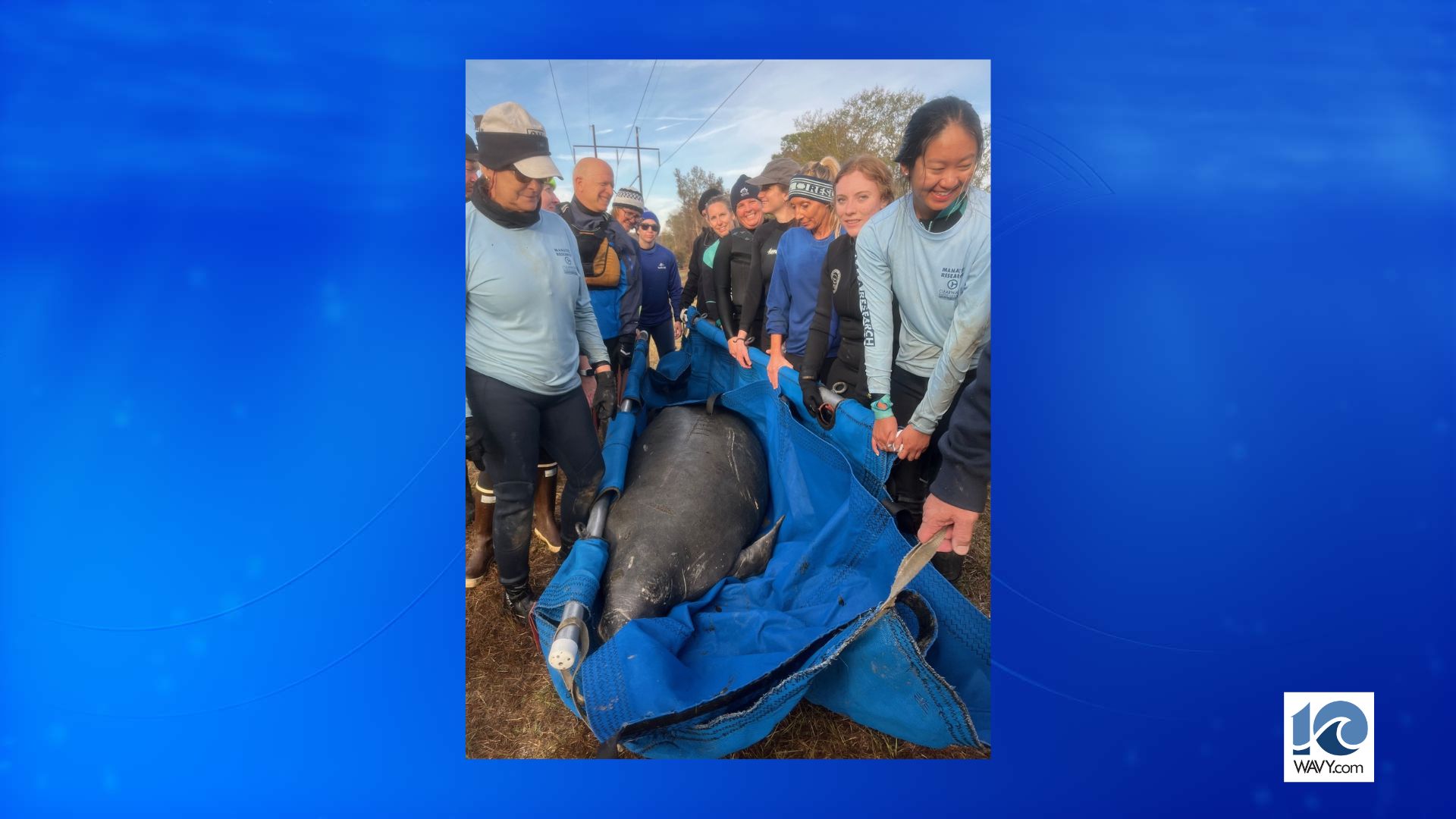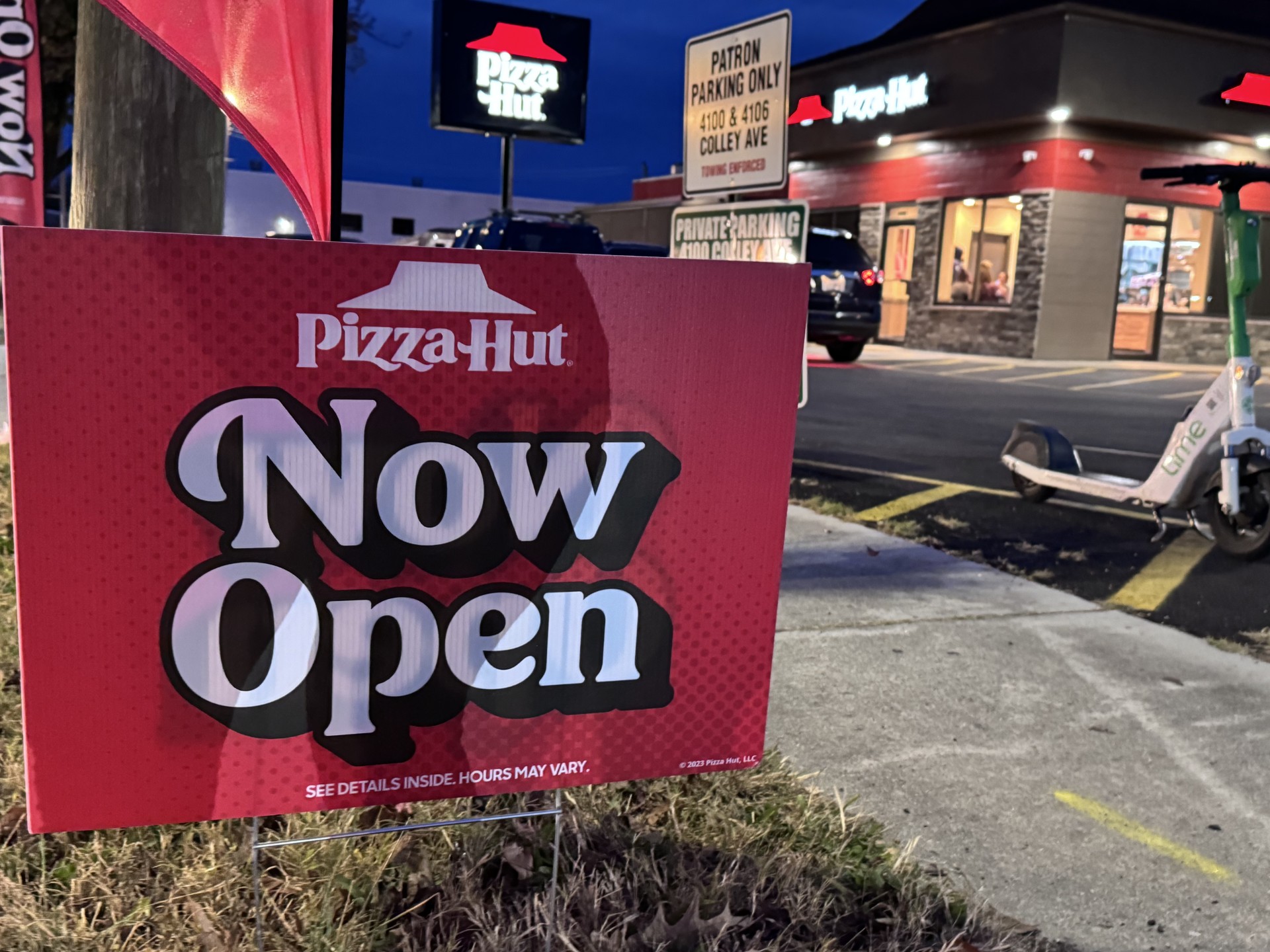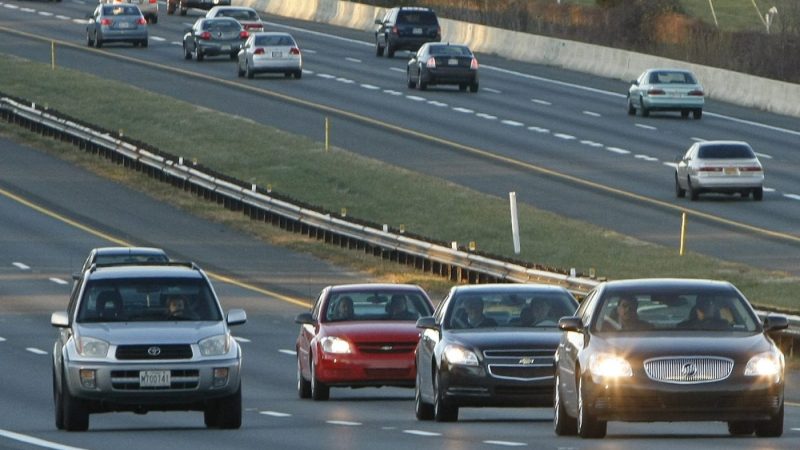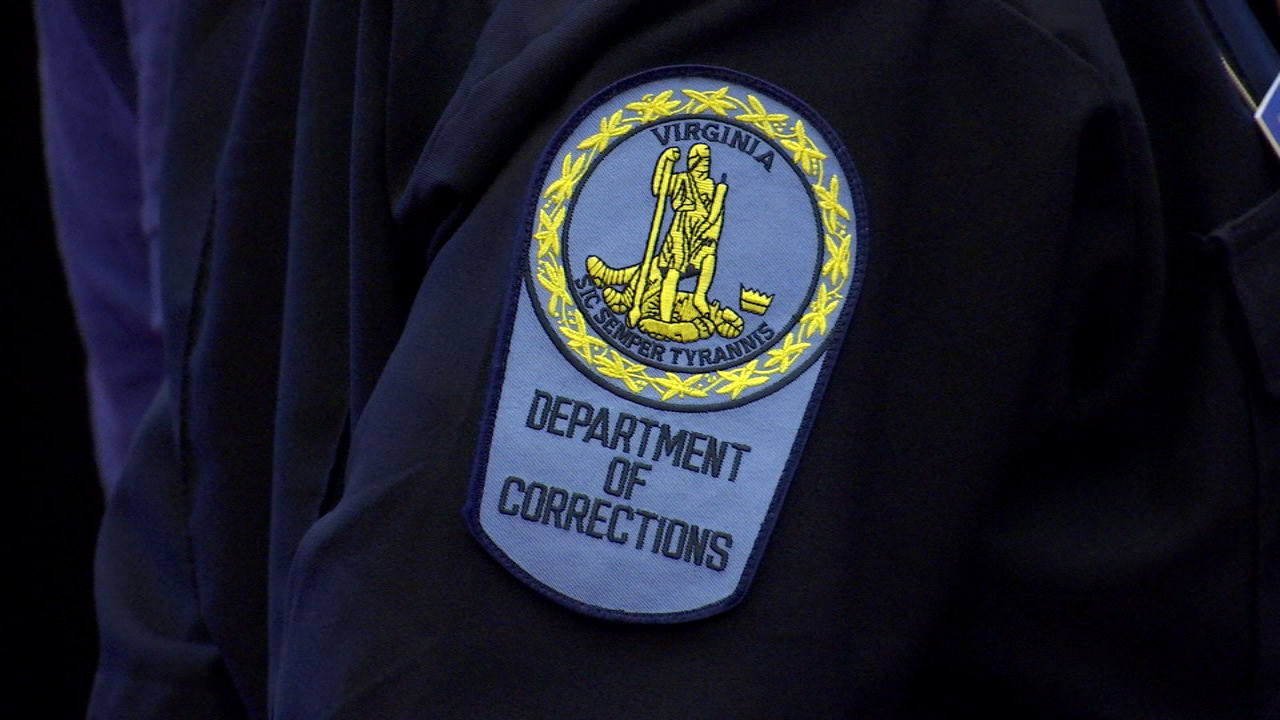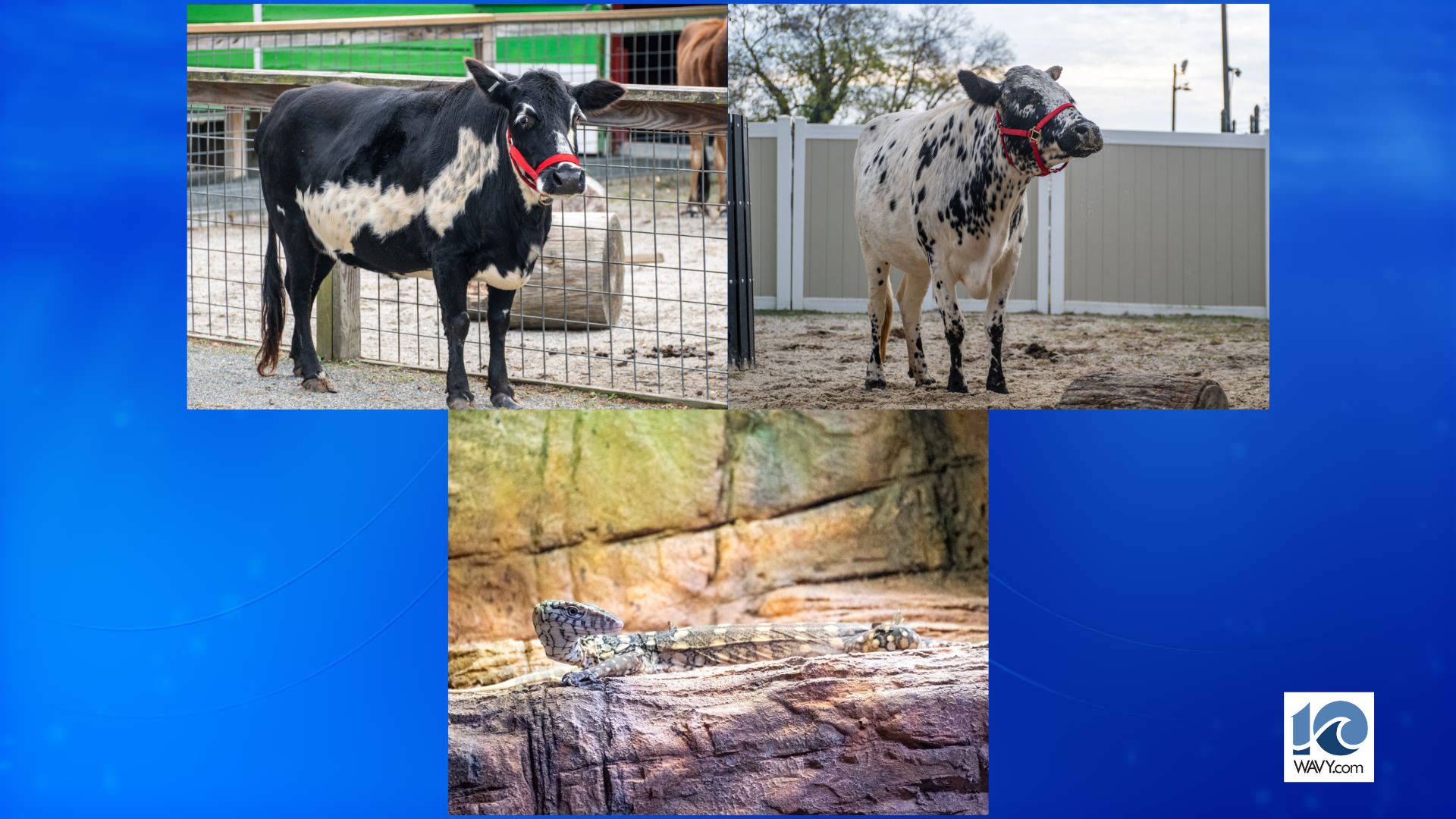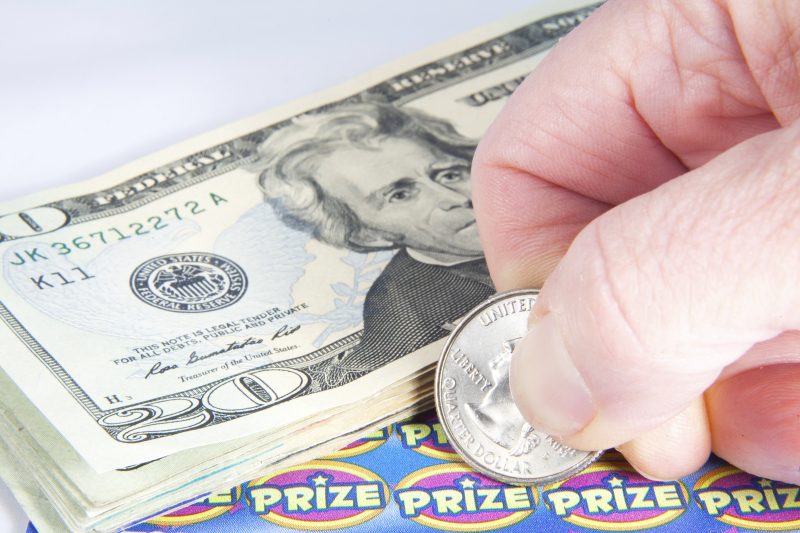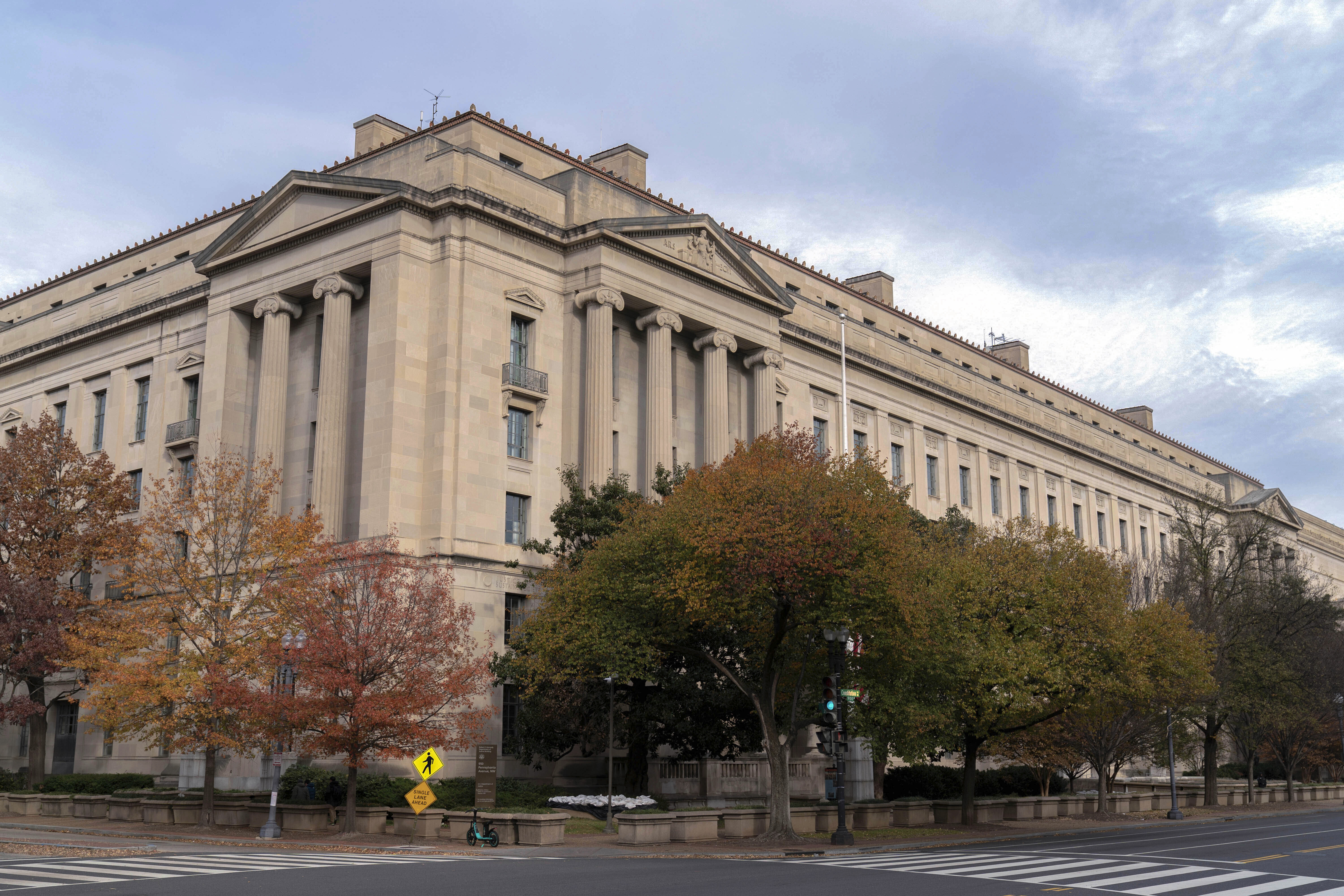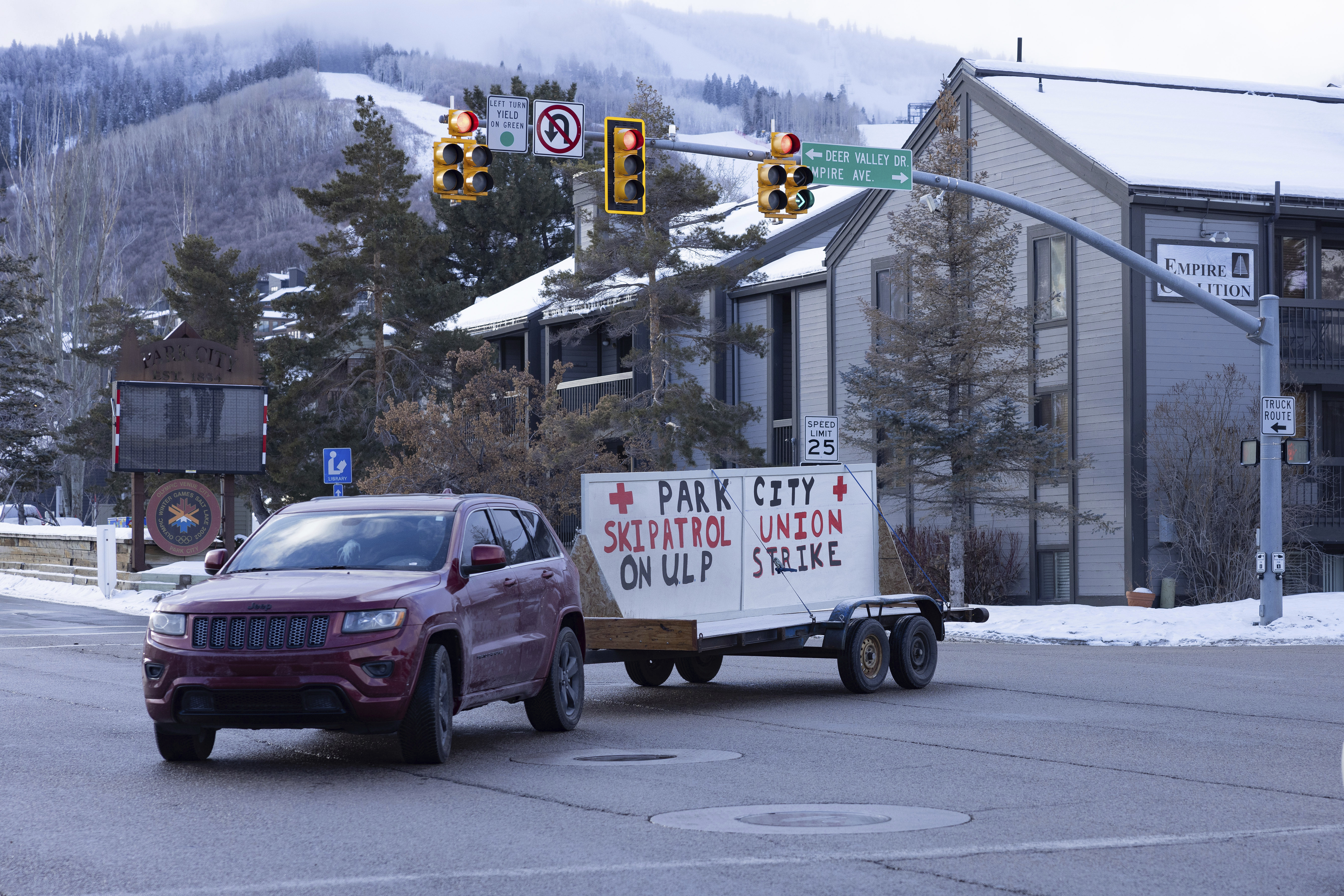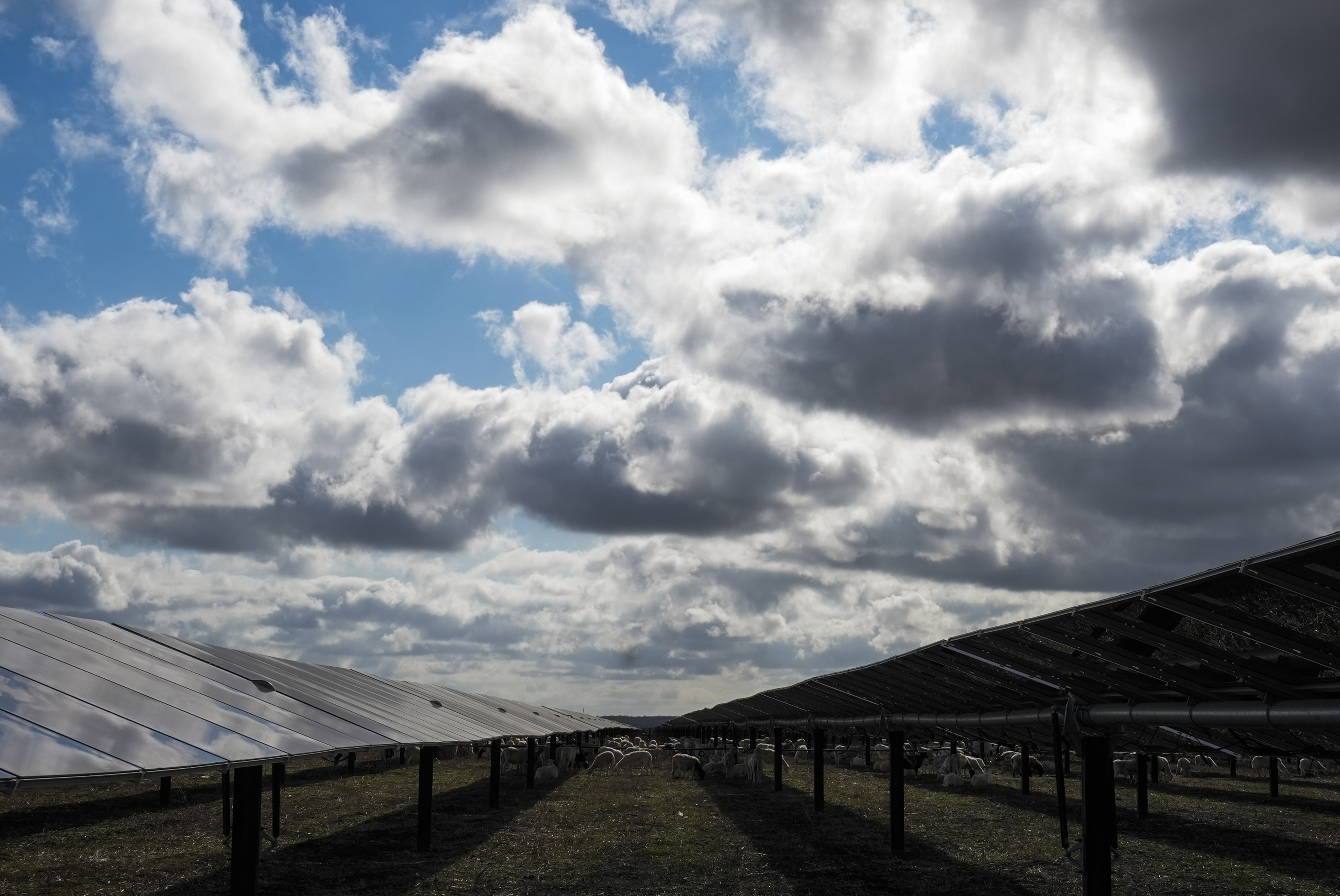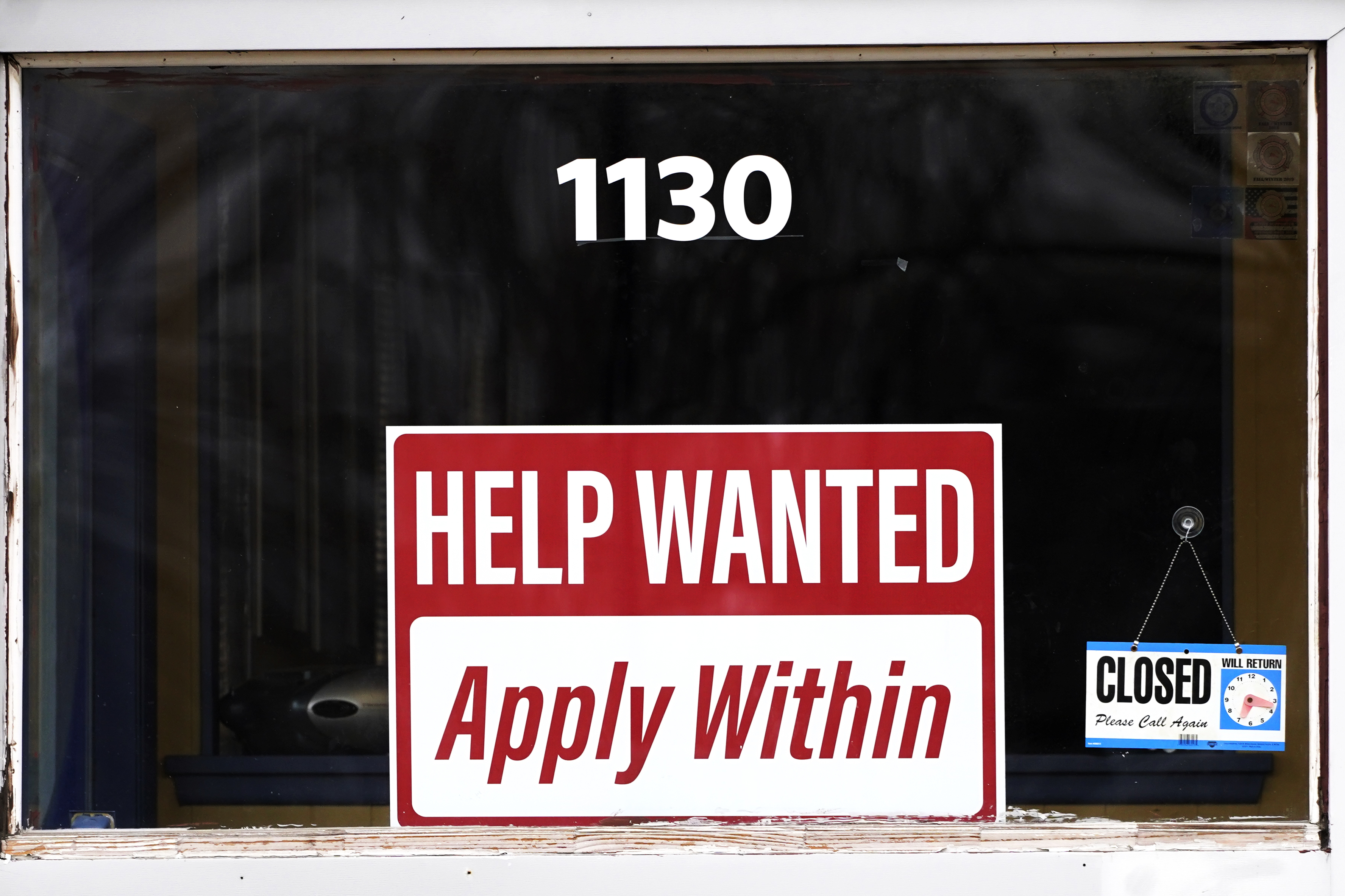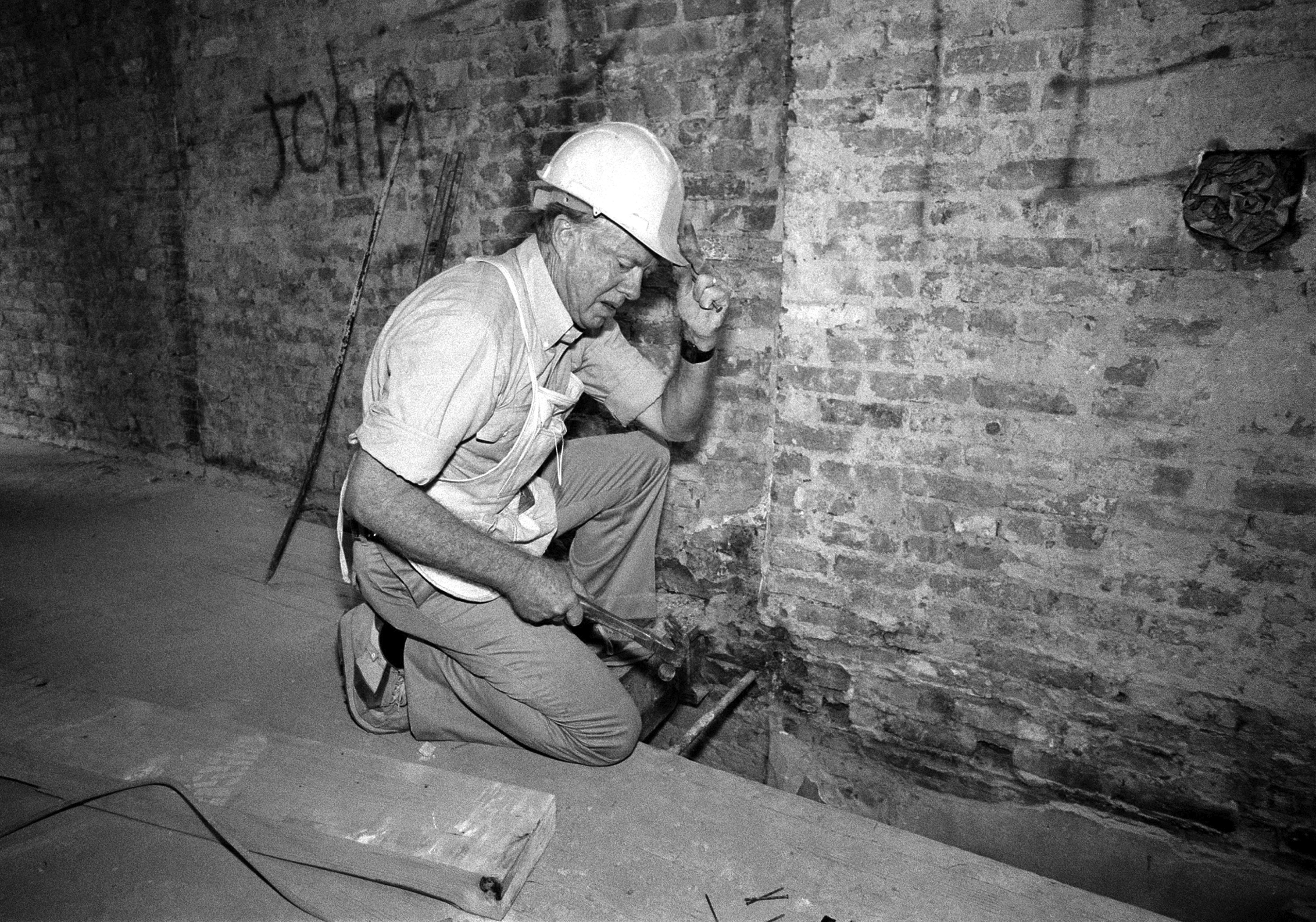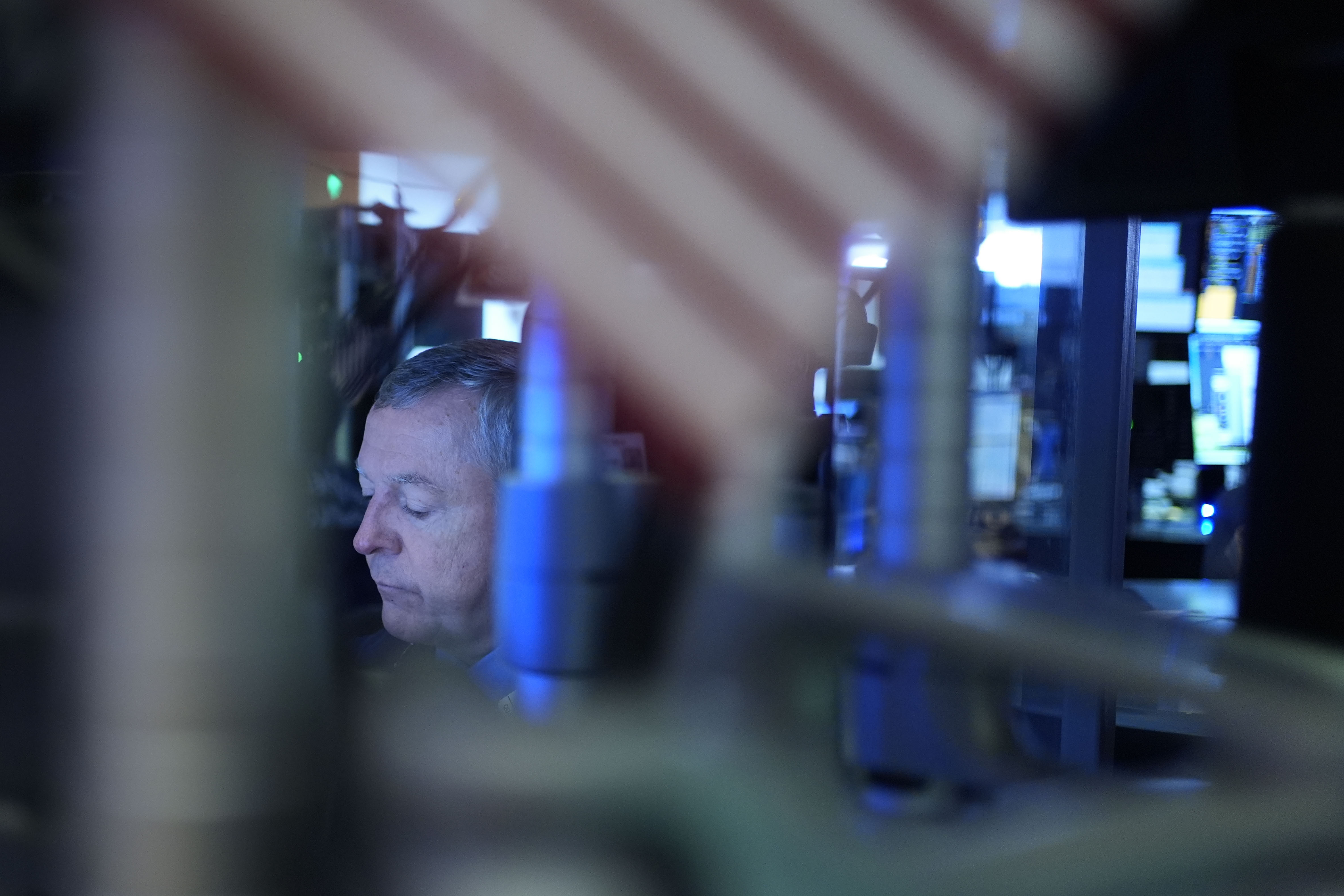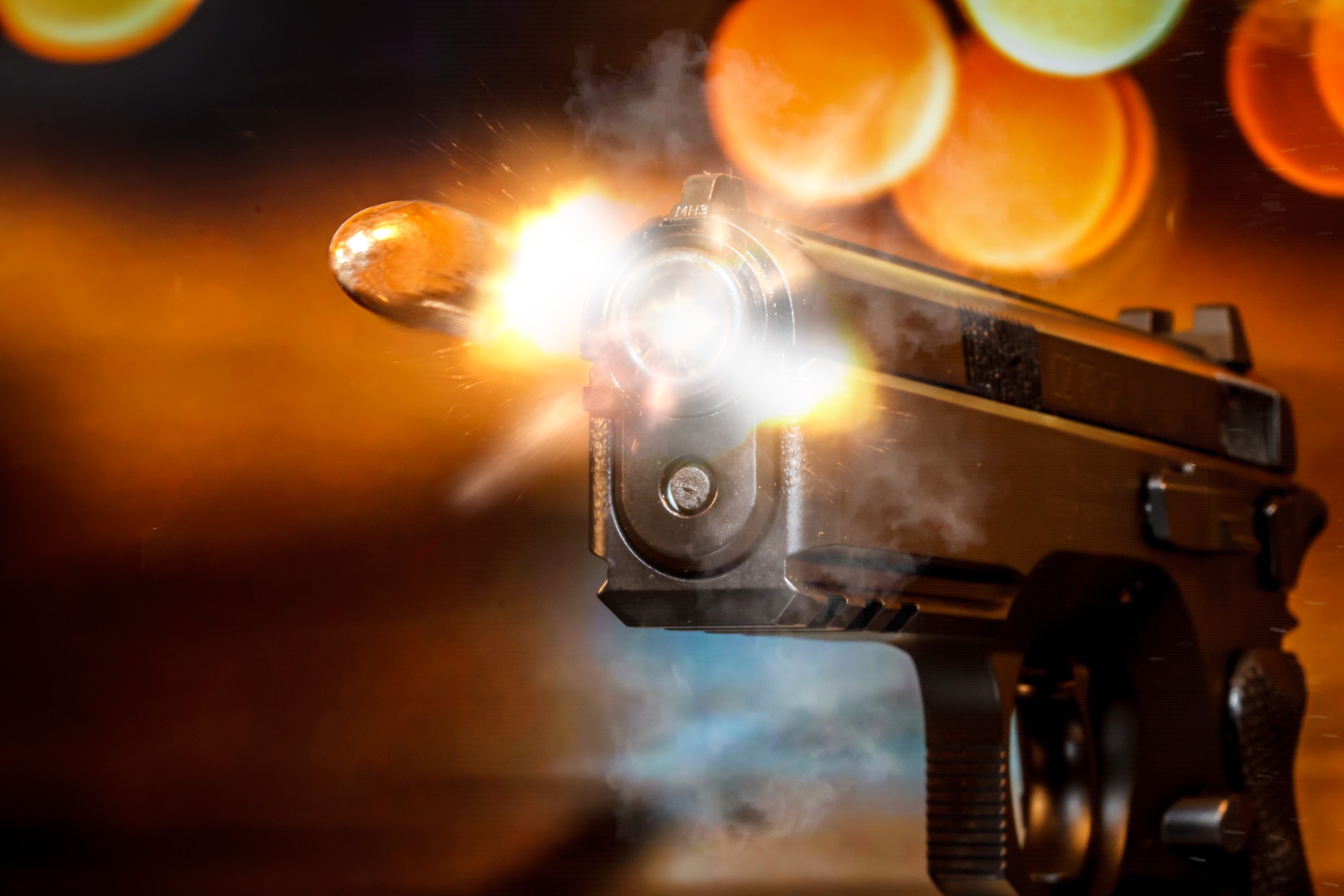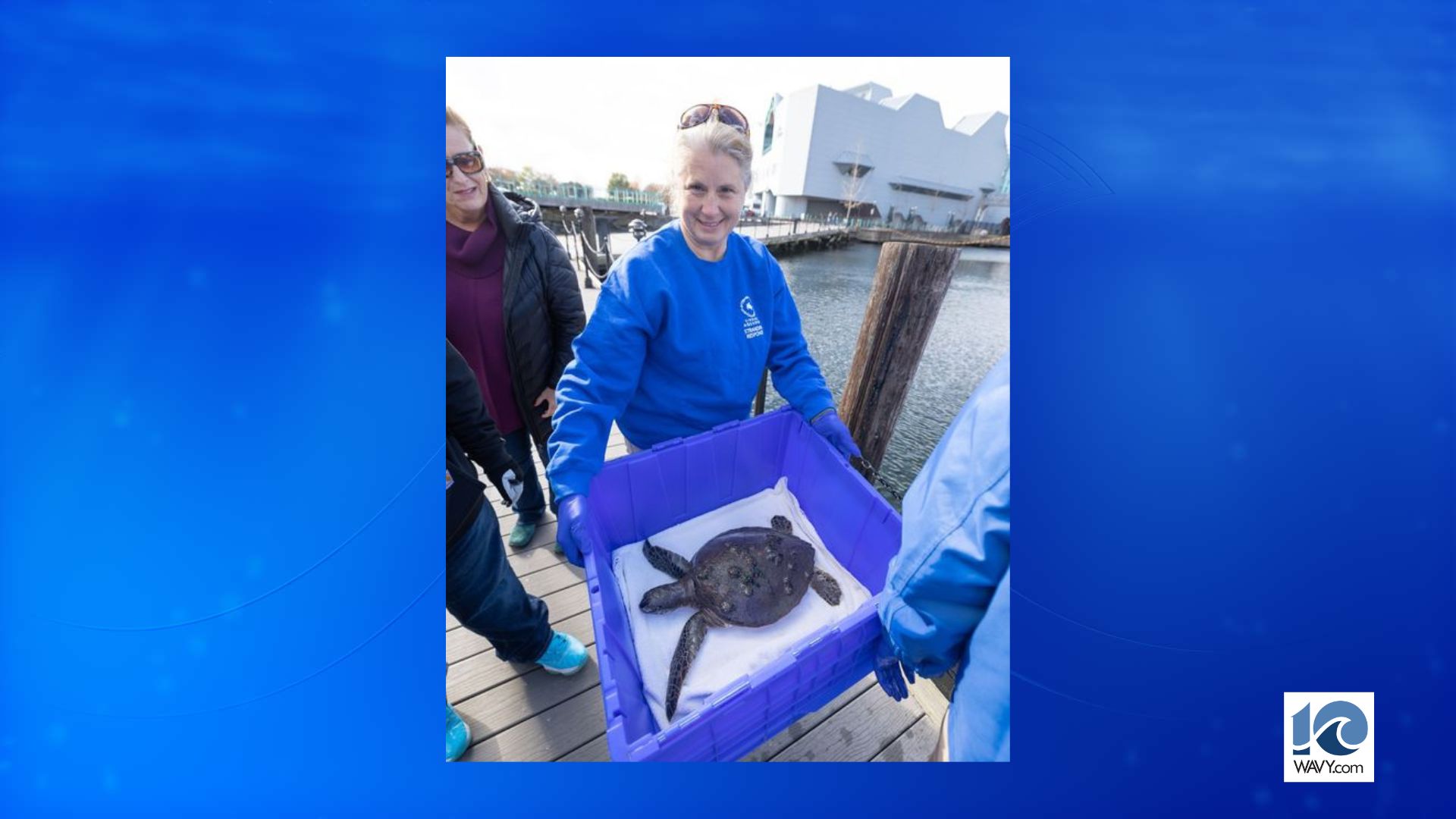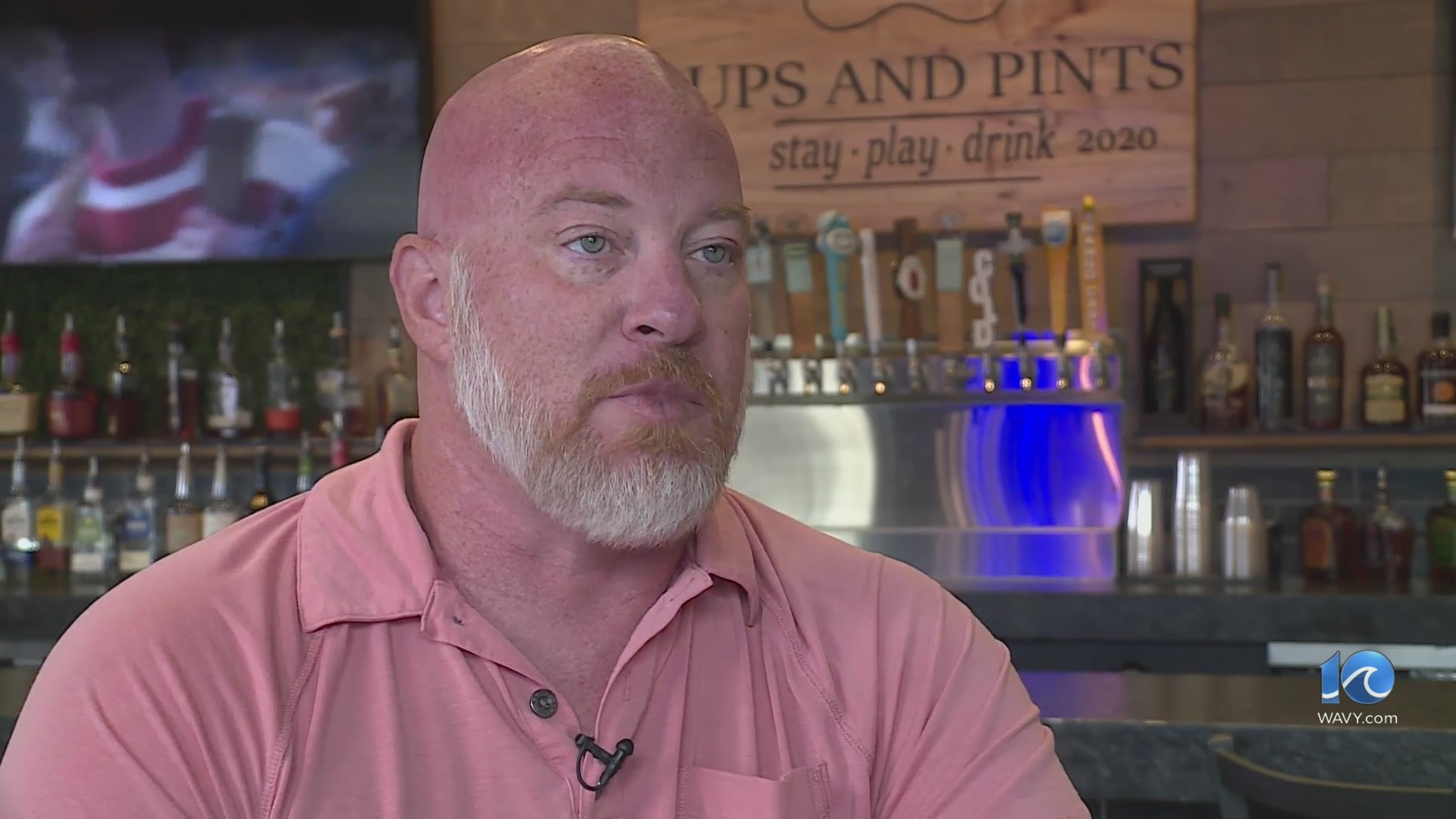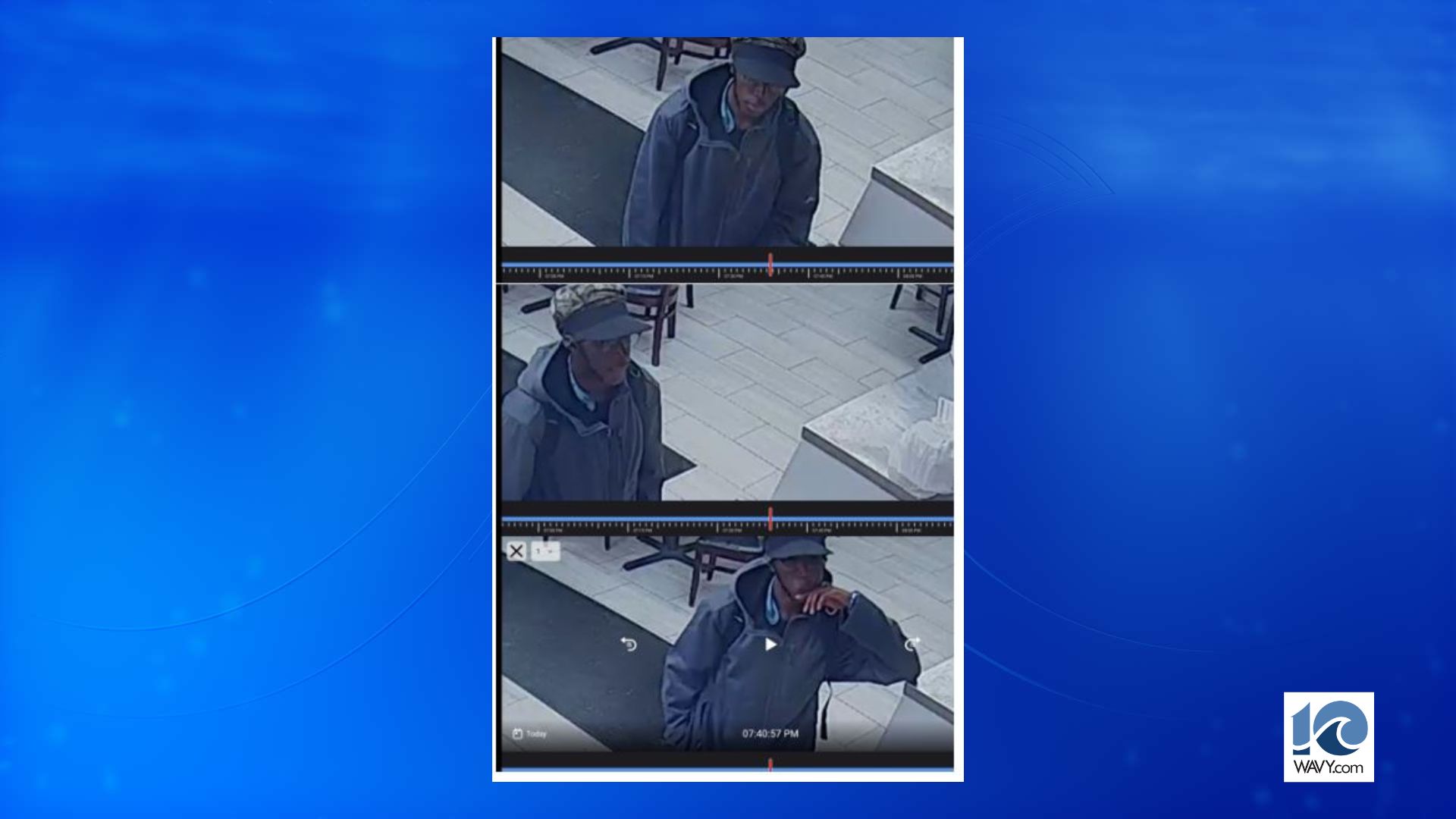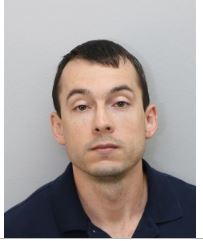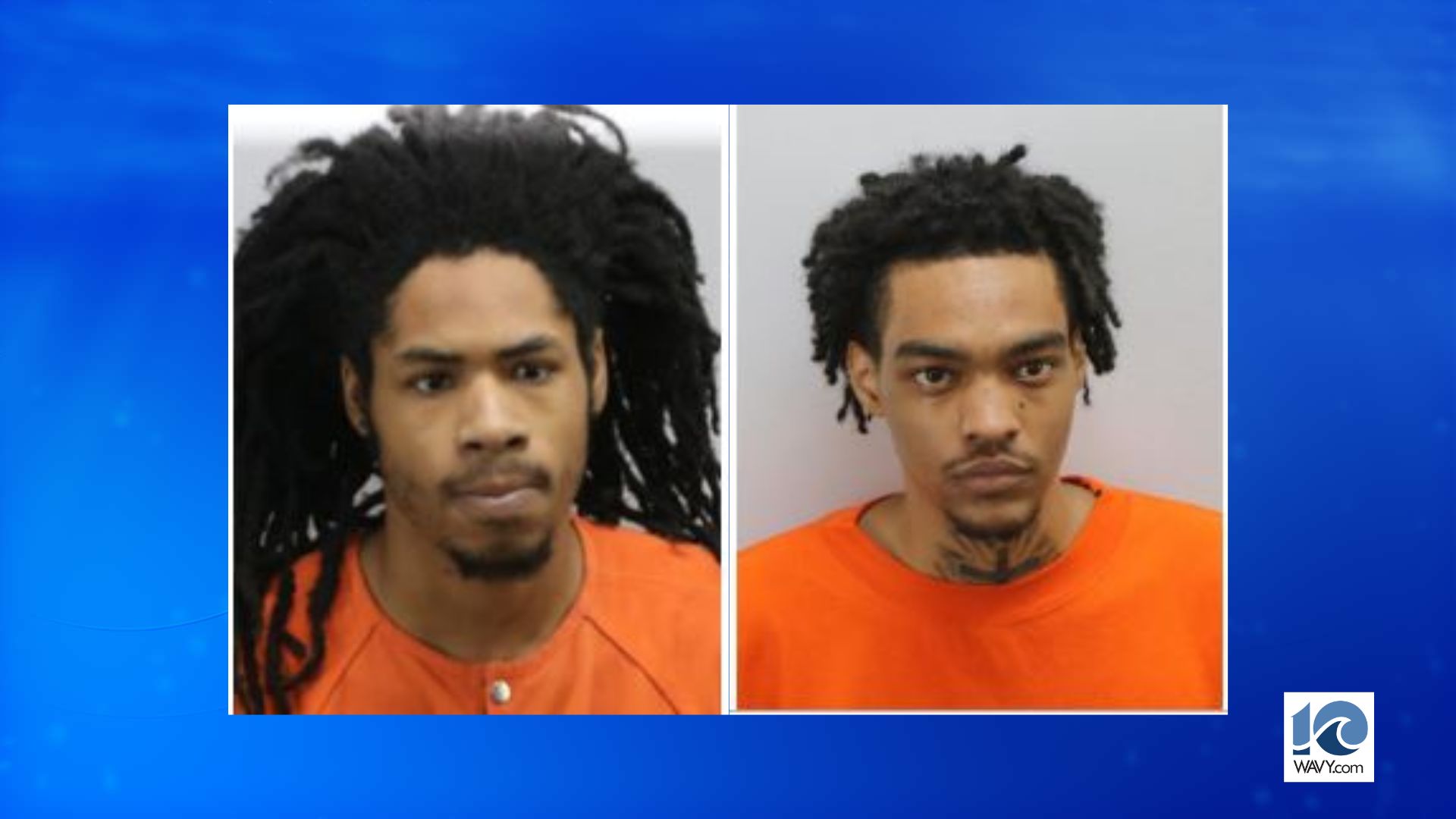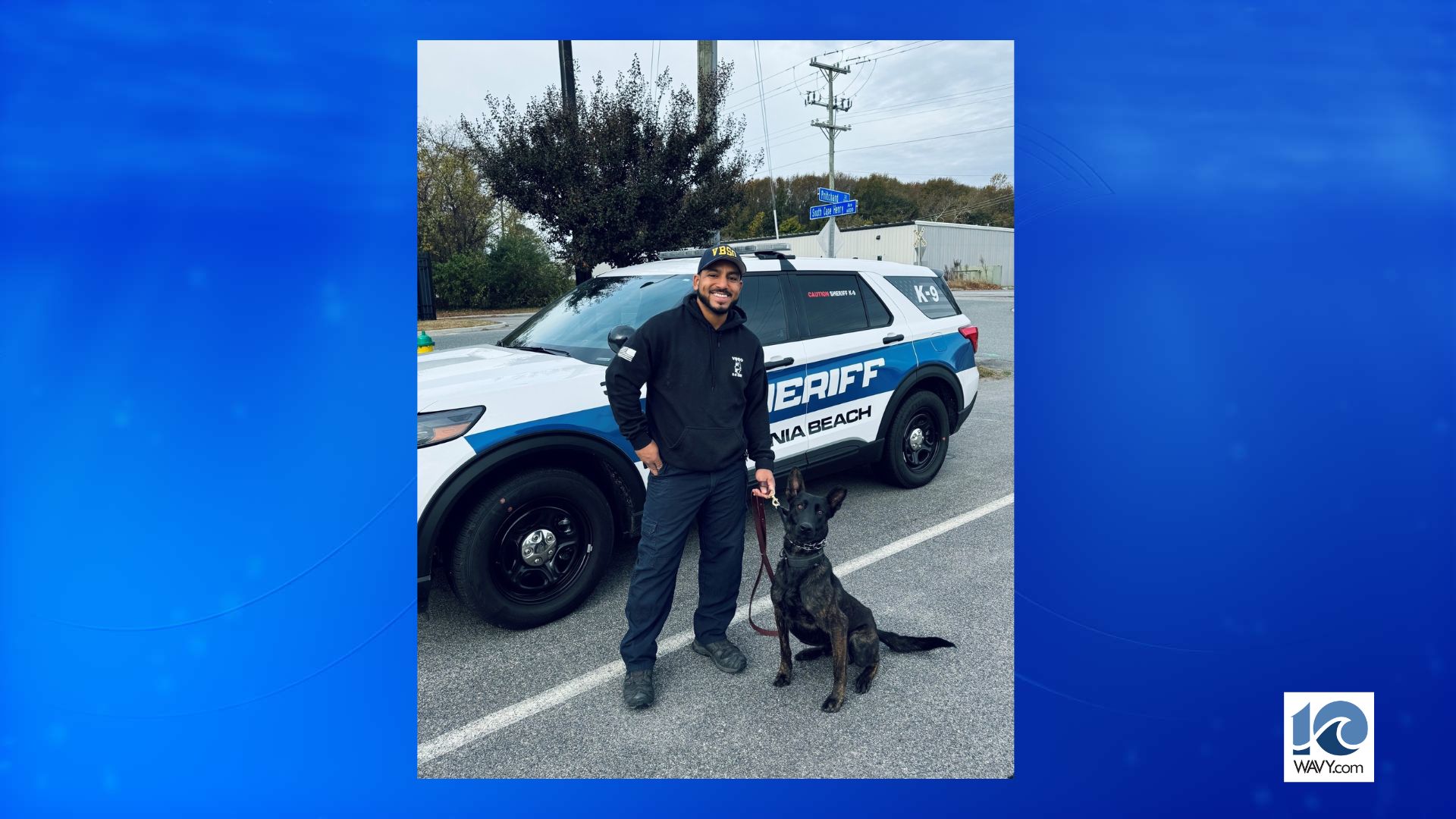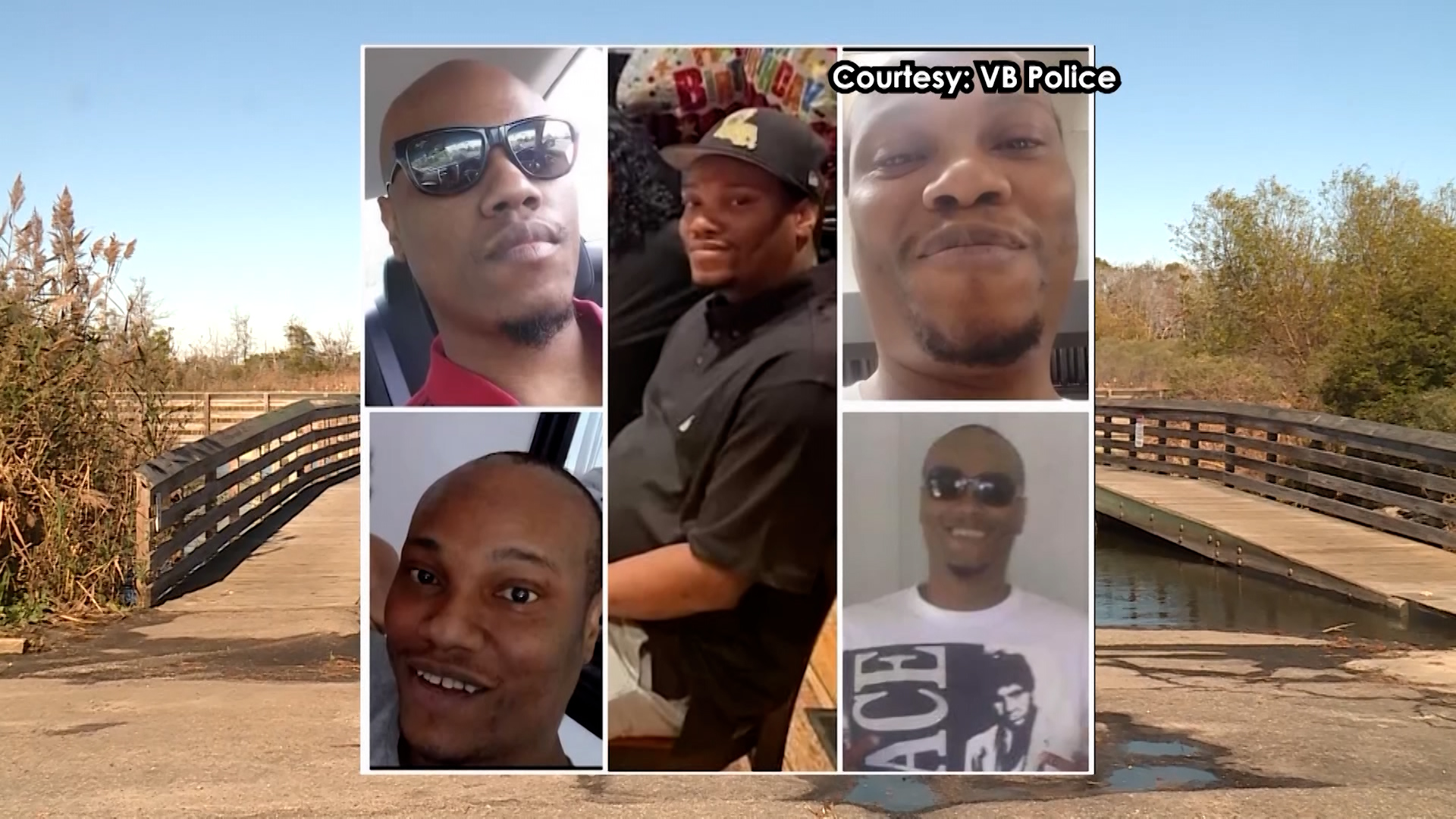COLLETON COUNTY, S.C. (WCBD) – Alex Murdaugh’s only surviving son, Buster, took the stand Tuesday in defense of his father’s double-murder trial.
Murdaugh is accused of killing his wife Margaret and youngest son Paul at their family property in June of 2021.
WATCH: ALEX MURDAUGH MURDER TRIAL: DAY 20 RECAP
Get caught up on the Alex Murdaugh investigations
Buster described his father as normal when they spoke on the phone around 9:08 p.m. the night of the murders, then distraught later that evening. He also gave the jury what defense hopes is some clarity in an ongoing debate about what Murdaugh said in an interview after the murders. In a video, prosecution claims Murdaugh said “I did him so bad” when talking about Paul. Buster says he knows his father’s voice and his father said “they did him so bad.” He also said Murdaugh made the same statement the night of the murders.
Defense also called Mike Sutton, a forensic engineer, to the stand. Sutton offered what could be an exculpatory interpretation of data, much of which was collected by SLED.
Sutton said that he conducted a test to see if gunshots from the kennels could’ve been heard inside the main house at Moselle and found that the sound would’ve been so low it would be almost inaudible.
He also calculated the trajectory of several bullets based on evidence SLED collected from the scene and used simple trigonometry to determine the relative position and height of the shooter. In his opinion, the shot was made by someone who was around 5’2 and could not have been made by Murdaugh, who stands around 6’4.
Prosecutors mocked that theory, calling the shooter in Sutton’s renderings a 12-year-old. They also frequently called into question his credibility, pointing out that he does not have formal training in pathology or ballistics. Sutton said that his findings follow the laws of physics.
Testimony is set to resume at 9:30 a.m. Wednesday. A source close to the defense tells News 2 that Alex Murdaugh is expected to take the stand himself on Thursday, but that could change.
ALEX MURDAUGH MURDER TRIAL LIVE BLOG:
5:33 p.m. – Defense says they plan to rest their case by Friday. A source close to the defense tells News 2 that Alex Murdaugh is expected to take the stand Thursday, though that is subject to change.
5:25 p.m. – Court is in recess until 9:30 a.m. Wednesday.
5:06 p.m. – Defense begins redirect of Sutton. Harpootlian asks if Sutton relied on data collected by SLED to generate his findings. Sutton says yes.
They go through the data that SLED collected. Sutton’s data matches what Worley collected.
Harpootlian asks if anyone from SLED did any trajectory calculations. Sutton says he has not seen any. Harpootlian asks if there were any obstacles to SLED or the FBI or anyone from the prosecution doing any of the same calculations Sutton did. Sutton says no.
Harpootlian points out a clerk in his office who is 5’3 and notes that she is not a child, though the prosecution repeatedly stated that Sutton’s rendering implied a child was the shooter.
3:37 p.m. – Prosecution begins cross-examination of Sutton.
They ask about the PowerPoint Sutton put together and when it was finalized. Sutton says it was finalized yesterday.
They ask how much defense is paying Sutton. He says the company charges $350 per hour plus travel expenses. He estimates he has put in around 40-50 hours.
Sutton was also retained by Griffin to work on the boat case.
Prosecution asks if guesswork has any place in engineering. Sutton says that typically guesses are called hypotheses, and they are tested for accuracy. Sutton is asked if he has any formal training in pathology or firearms. He says no. He is asked if any of his studies are peer-reviewed. He says no.
Prosecution asks what variables Sutton would need to know when trying to gather information about an item thrown from a car. Sutton says he would need variables like the condition of the shoulder, the speed at which the phone is thrown out, where the phone landed, any markings where the phone may have hit and tumbled, etc.
Sutton is asked if his work on acoustics is typically OSHA-related, like workers not being able to hear alarms or something like that. Sutton says he has worked on things like that, as well as investigated things like the audibility of a woman’s scream in a murder investigation.
Prosecution reviews Sutton’s analysis of whether gunshots at the kennels could’ve been heard in the main house at Moselle. Sutton used similar, but not the exact same, ammunition when testing the shotgun as was used in the murders.
The shot from the kennels was only one to three decibels above the ambient background noise in the house, according to Sutton, which would’ve made it extremely hard to hear.
Prosecution points out that the trees were not as tall or dense at the time of the murders as they were when Sutton conducted his test. Sutton said that the accounted for that in his calculations.
Prosecution asks if Sutton could determine how loud the gunshot would’ve been if someone was 1,124 feet away. Sutton agrees with prosecution that it would be around 105 decibels.
Prosecution asks several times how Sutton can give an opinion on the ballistics if he is not a ballistics expert. Sutton says that he follows the laws of physics.
Prosecution brings up the lines Sutton used to determine the position of the shooter and the height of the shooter. They ask if he considered positioning a different height shooter anywhere else on the line. Sutton says yes. He considered different-height people and considered positions at one-foot increments from the quail pen out 60 feet. He also took a 12-foot radius from the center of the collection of shell casings found on the ground. Prosecution points out that the shells could’ve been ejected in an irregular pattern.
Sutton says he specifically considered Murdaugh kneeling. He said that even if Murdaugh was kneeling, the muzzle of the gun still would’ve been too high to make the trajectory of the shot into the quail pen.
Prosecution keeps calling the shooter rendered in Sutton’s simulation a 12-year-old and a little youth because of the height. Defense objects. Judge Newman overrules the objection, then later sustains it.
Prosecution asks if Sutton was considering that the person being shot was moving when he plotted the trajectory of the shots. Sutton says that was not a variable because he had the final resting point of the shots and plotted the trajectory from there.
2:24 p.m. – Court resumes. Harpootlian gets a 300-Blackout out of evidence and holds it. He asks Sutton to position him how the shooter would’ve been positioned.
Harpootlian asks how the gun would’ve been positioned on someone who is 6’4. Sutton positions the gun below Harpootlian’s knee.
Sutton also looked at one of the buckshot pellets that hit a pine tree. He backtracked the trajectory of that pellet and found the path of the shot from the shotgun.
The shot came from a height of 3 feet and 11 inches from the doorsill at an upward trajectory, according to Sutton. Sutton is about 5’10 and he said that if he held the shotgun at his shoulder, it would be too high. The person would need to be shorter or hold the gun lower.
Sutton also conducted acoustical testing to determine whether someone in the main house could hear the guns being fired from the kennels. He did military-standard testing to determine how far the sound of the shot would’ve traveled. Sutton used a device specifically designed to measure the sound of gunshots. He tested a 300-Blackout and a shotgun with both a buckshot and a birdshot.
Sutton took into account surrounding factors like trees, humidity, wind direction, background noise, etc.
There are 1,142 feet as the crow flies between the center of the main house and the kennel area.
Sutton shot a shotgun into the feed room, out of the feed room, etc. He found that the feed room did muffle the sound of the shot. The 300-Blackout was shot in various directions near the kennels.
The 300-Blackout was 165 decibels and the shotgun was 155 decibels.
Sutton provided a recording of him testing what the sound of the 300-Blackout gunshot at the kennels would’ve sounded like to someone in the living room of the house. The sound was hardly audible. Sutton says that if the TV was on in the house, there is no way someone could’ve heard the shot. The shotgun shot would’ve been even quieter.
Harpootlian asks about whether the headlights of Murdaugh’s suburban would have illuminated Maggie and Paul’s bodies as he pulled up to the kennels that night. He asks if Sutton saw where the Suburban was located that night. Sutton says yes, and he saw the path of the Suburban via the GPS. Sutton says that they definitely would’ve been illuminated; he can’t say what Murdaugh saw, but the area where the bodies were located would’ve been illuminated.
1:01 p.m. – Court is breaking for lunch and will resume at 2:15 p.m. Harpootlian says he estimates another hour of questioning Sutton.
11:52 a.m. – Forensic engineer Mike Sutton is called to the stand.

Sutton helps recreate and investigate incidents like car accidents and shootings. He has a specific focus in acoustics engineering.
Sutton says that one of the main things forensic engineers do is collect data from a crime scene and interpret the data. He collects data from the site himself and uses data collected by first responders and crime scene investigators.
Murdaugh’s defense team hired Sutton to analyze Maggie and Paul’s shootings. He prepared a PowerPoint presentation on his findings.
Sutton used several measurements of bullet holes taken by SLED agent Worley connected to Paul’s shooting.
He found that one of the bullets that hit Paul was likely traveling at an upward trajectory from the right and one had a downward trajectory.
The bullet with the downward trajectory was recovered from the dog house. Sutton said it traveled at a downward angle of 14 degrees.
Sutton shows a diagram drawn by Worley, which was not to scale. He says that it not being to scale is not helpful. Worley went to all the trouble to measure the crime scene, so it could’ve been drawn to scale.
Sutton says that what he wants to know is where the trajectory lines cross. They can’t determine that from the diagram because it is not to scale, but it is knowable.
Sutton created his own reconstruction of the crime scene. A video rendering created from FARO laser scanning is shown in court. A second video, which shows the scene with the roof of the shed removed, is also shown. It gives a more clear perspective of where things are relative to each other.
He also used a computer program to input photos Worley took of shell casings that night into the scaled rendering. The program identifies where the objects are using a reverse-camera-projection method. He overlayed Worley’s drawing over the image created by the scan. The images agreed, meaning he has a high degree of confidence that the markers are in the right place.
Sutton shows an image with two lines depicting the flight path of the bullet that ended up in the quail pen. This was the bullet with an upward trajectory at either 1.5 or 3 degrees. There are two lines depicting each degree. Sutton says other information can be used to determine where along those lines the shooter was likely standing.
He looked at where a collection of cartridge casings was found right beside the trajectories, which could be where the shooter was standing.
He placed a shooter holding a 300-Blackout in the rendering and found that based on the trajectory of the bullet, the shooter was likely not shooting from the shoulder. He says the person was likely holding the gun from the hip.
Sutton also created an image with a shooter on the 1.5-degree line and a shooter on a 3-degree line to show the range of how the person was likely able to make the shot.
Another image depicts where the shooter was likely standing following the trajectory of the downward shot that ended up in the dog house. He found that the shooter was likely standing at or very near the same spot as the first shot. The shooter was likely shooting from the shoulder for that shot.
Sutton calculated a range of heights for the shooter along the trajectories. He found that for the shots to match, the shooter was likely around 5’2″. If the shooter was even a few inches taller, the shooter would have to move up on the line of trajectory and the cross-reference of both shots would not match, and the pile of shell casings would not match.
Murdaugh is over six feet tall. Sutton says that if Murdaugh made the shots, the weapon would’ve had to be at or below his kneecaps. He says it is very unlikely that a tall person made the shots. Sutton says a tall person could’ve been laying on the ground, but that doesn’t match where the collection of shell casings was found.
Harpootlian asks if Sutton can say to a degree of engineering certainty that Murdaugh did not fire those shots. Sutton says he does not believe Murdaugh fired the shot.
Harpootlian asks if Sutton knows if SLED ever conducted any analysis using similar programs. Sutton says not that he is aware of.
11:37 a.m. – Prosecutor John Meadors begins cross-examination of Buster.
He asks about the entrances to Moselle and why the packages and mail were delivered to a different location. Buster says he doesn’t know.
Buster says he talked to Paul for the last time on June 5 and Maggie for the last time on June 7.
Meadors asks if Buster had any knowledge of the family’s financial difficulties. Buster says no. He says he learned in September after the roadside shooting.
Meadors brings up the Memorial Day video of Chris Wilson hugging Murdaugh. Buster says he didn’t know that Murdaugh owed Wilson thousands of dollars at that time.
Meadors asks if the boating accident put pressure on the family. Buster says it was unsettling because Paul was criminally charged and he and his dad were civilly charged, but the family supported each other. Meadors asks if Buster was upset when Paul used his ID. Buster says sometimes.
Meadors asks if they ever stayed at Moselle again after the murders. Buster says no. Meadors asks if Murdaugh ever asked if Buster wanted to go hunting out there. Buster says yes, but he didn’t go.
11:15 a.m. – The jury is sent to the jury room for a 15-minute break.
9:43 a.m. – Buster Murdaugh, the only surviving Murdaugh son, is called to the stand.

He describes his childhood as normal. He says he played sports and his parents came to almost every game. His dad often coached. His brother, Paul, favored outdoor activities, which their dad also enjoyed.
Buster describes Moselle. He says it’s thousands of acres, much of which isn’t even accessible by road. There is a lot of swampland, a lot of rural land for hunting all kinds of animals, etc.
He says they had a lot of guns and many types of guns. They also had different kinds of ammo for hunting different animals and using different guns. The guns were mostly kept in the gun room, but Buster says they were often left all over the property, especially by Paul.
Buster says that the 300-Blackout that has been shown as evidence in the courtroom is his gun. Paul’s was black and tan, but it was apparently stolen out of Paul’s car at a party. Paul then started using Buster’s 300-Blackout, which caused some issues because Paul was not good at putting things back where he found them.
Buster says he learned during the trial that Paul got a replacement, but he never saw Paul use it.
The 12-gauge Benelli with a “Mojo” sticker on it is also Buster’s gun. He says that he frequently put it away loaded, but kept the safety on.
Griffin asks about how Buster would load guns. Buster says he has never loaded a shotgun with a buckshot then a birdshot (the ammunition combination used in Paul’s murder), he has never known anyone to do that, he has never seen any guns on his property loaded that way, and he can’t think of any reason anyone would ever do that.
Buster says that the family would normally use the main gate to come and go, but there were sometimes reasons to use the other entrance, like picking up mail and packages.
Maggie preferred to stay at Edisto during the summer months, according to Buster. In the spring of 2021, Buster says that he was living in Columbia and he split the time between Columbia and Moselle. In June of 2021, he was living between Columbia and Rock Hill with his girlfriend’s family. Paul was living in Columbia in the spring of 2021 because he was going to USC. He started working for their uncle, John Marvin Murdaugh, when school got out and lived with him during the summer.
Griffin asks about time spent with Margaret’s family. He says they would get together for holidays and do family trips frequently. Griffin pulls up the last known family photo taken of Buster, Paul, Maggie, and Alex Murdaugh. It was taken by Maggie’s sister, Marian Proctor, in May. Buster says that Murdaugh was close with Maggie’s father, “Papa T.” They would go camping, go to sporting events, play golf, etc.
Buster says that they also spent a lot of time with his father’s side of the family. They lived closer than Maggie’s family, they would spend holidays together, they would take trips together, etc.
Griffin asks about Murdaugh’s father’s health in the summer of 2021. He says it was bad. He says the family would go over and check on him often. Murdaugh and Paul went most often. Buster says that his dad would go any time of day.
He asks where they would park. Buster says it depends, but often around the back of the house because they would enter through the back door to the sunroom. Griffin shows data from the OnStar GPS system showing Murdaugh’s car at Alameda. Buster identifies the location as the spot they would normally park.
Griffin asks how often Buster would talk to his parents. Buster says frequently, pretty much every day multiple times a day. He says that he knows they were all talking to each other that much as well.
Griffin goes through the Rudofski timeline from June 7, 2021, and points out several calls/texts between the family. Buster says that is pretty much standard. He says there was nothing unusual about the communication between the family that day. He can’t remember some of the things they talked about, but other conversations were about mundane topics like picking up prescriptions.
Griffin asks about the phone call Murdaugh made to Buster at 9:10 p.m. the night of the murders. Buster says it was a normal call, his dad sounded normal, just like he did all the other times they talked that day. He says it was very common for his dad to call when he was driving over to Alameda.
Buster says at Moselle, there was very spotty service. He says that it wasn’t uncommon for his dad to leave his phone at the house if he was going around the property. Paul had his phone near him for the most part, but not always on him. Buster says they both would frequently misplace their dogs.
Griffin asks about Bubba, one of the family dogs. Buster says he listened to Murdaugh better than anyone else.
Griffin asks how frequently Murdaugh would shower. Buster says it wasn’t uncommon for Murdaugh to shower multiple times per day, especially if he was working and it was hot. He says his dad was a big guy and he sweats a lot.
Griffin asks if Buster knew about his dad’s opioid addiction. Buster said that he had some knowledge. He said he knew his brother and mom found pills a few times. His dad went to a detox facility after Christmas in 2018 and did a few at-home detoxes. He said he thought his dad was over the addiction.
Buster wasn’t there when Maggie and Paul confronted Murdaugh about the drugs, but from what he knew his dad was always very apologetic. He says the family always handled disputes like adults. Nothing ever got out of hand and there was never any violence.
Griffin asks about the boat case. Buster says that there was a negative reaction in the community, especially because of the media coverage. He says Paul was being bullied on social media and would sometimes get confronted when he was out and about.
Buster says that Maggie was “kind of consumed” by the boat case. He said that the negative response had a serious impact on Maggie and it caused her to try and distance herself from the Hampton community. She started going to Walterboro to grocery shop. She was anxious about the lawsuit. Buster says her biggest concern was the articles that began coming out when Mark Tinsley said he was going to try and get millions of dollars from the family. He says his father was not as concerned.
Buster says the bigger concern was the criminal case against Paul. He says the family stood behind him and believed that he was not the one driving the boat at the time of the accident.
Griffin asks about Memorial Day Weekend, which was just before the murders. Buster says the family was all together and it was a normal weekend. The video of everyone singing Murdaugh “Happy Birthday” is played in court. Buster doesn’t know his dad’s exact birthday, but says the weekend was normal.
The weekend immediately before the murders, everyone except Paul went to a baseball game in Columbia. Murdaugh and Maggie stayed in Columbia. Buster says it was a normal weekend.
Girffin asks when Buster first found out about the murders. Buster says he can’t remember the exact time, but his dad called late the night of June 7 and asked if he was sitting down. Buster said yes and Murdaugh told him. He says that he was in shock. His girlfriend heard the conversation and started packing. They drove to Moselle that night and he estimates they arrived sometime around 2:00 a.m.
Buster says when he got there, his dad was destroyed. He says his dad was crying and didn’t talk much.
Buster helped his dad pack a bag to go stay at Alameda later that night. Griffin asks if there was a t-shirt or anything laying on the floor when Buster packed for his dad. Buster says he can’t remember. Buster says he grabbed t-shirts from a wooden shelf on the wall and he grabbed a shirt from there. He doesn’t know if one fell on the floor while he was packing.
Buster, his girlfriend, and Murdaugh tried to get a few hours of sleep at Alameda, then headed back to Moselle the next morning. They all showered at Moselle that morning.
For the few days after the murders, Buster says he was with Murdaugh pretty much all the time. They stayed at Alameda for a little while then stayed at John Marvin’s hunting property, Greenfield.
On June 10, Murdaugh’s father died. The funeral for Maggie and Paul was Saturday and the funeral for Randolph Murdaugh was Sunday.
At some point, Buster went back to Rock Hill because he was working in Charlotte at the time. Before leaving, he says that he and his father discussed threats to his safety. He didn’t take any serious measures. He said that he didn’t want to carry a gun himself and he didn’t want a private security detail following him around.
Griffin presents the announcement of a reward for information about Maggie and Paul’s murders. Buster reads the announcement. He and his dad put it out. He says he is not sure why there was an expiration date on it.
Griffin brings up Murdaugh’s roadside shooting in September of 2021. Buster says that he never went home after that.
Griffin plays the Snapchat video Paul took of Murdaugh next to a tree. Buster says he recognizes the shirt.
Griffin brings up the video of an interview with Murdaugh from June 10, 2021. In the video, Murdaugh can be heard saying either “I” or “they” “did him so bad.” There has been much discussion about what he said. The video is played in court. Buster says he recognizes his dad’s voice and that his dad said “they.” He says that’s not the first time his dad said that. He heard his father say “they did him so bad” at Moselle the night of the murders.
Griffin asks about how long it takes to spray out one or two dog kennels. Buster says about 10 minutes.
9:35 a.m. – Court is in session. One juror is at the doctor’s office and the prosecution and defense agree that they would rather replace that juror with an alternate than wait and see what the juror’s condition is.
Defense says that they hope to rest their case by the end of the week and would rather not delay the trial even more.
Juror 530 is selected as an alternate. This leaves only two alternates.
Judge Newman also brings up social media posts by attorney Jim Griffin about the trial. Griffin says he retweeted an article by the Washington Post, he didn’t make any comments.
Judge Newman reminds Griffin that Kyrie Irving was suspended by the NBA for retweeting an article. He suggests Griffin reconsider doing something like that in the future. Griffin says he will not do it again.
—
STAY CONNECTED: Receive news alerts from this trial and watch it on the go with the NEWS 2 APP (download it here). You can also subscribe to daily emails for the latest news on this trial.




